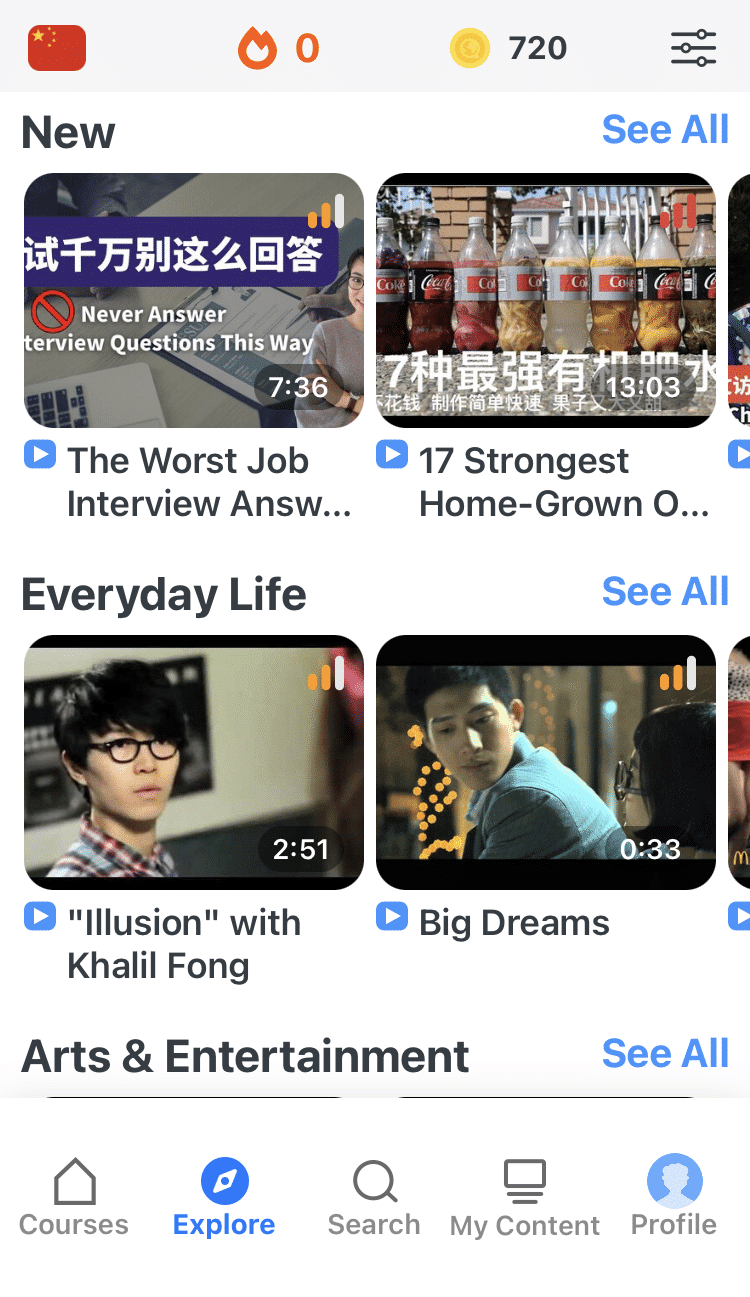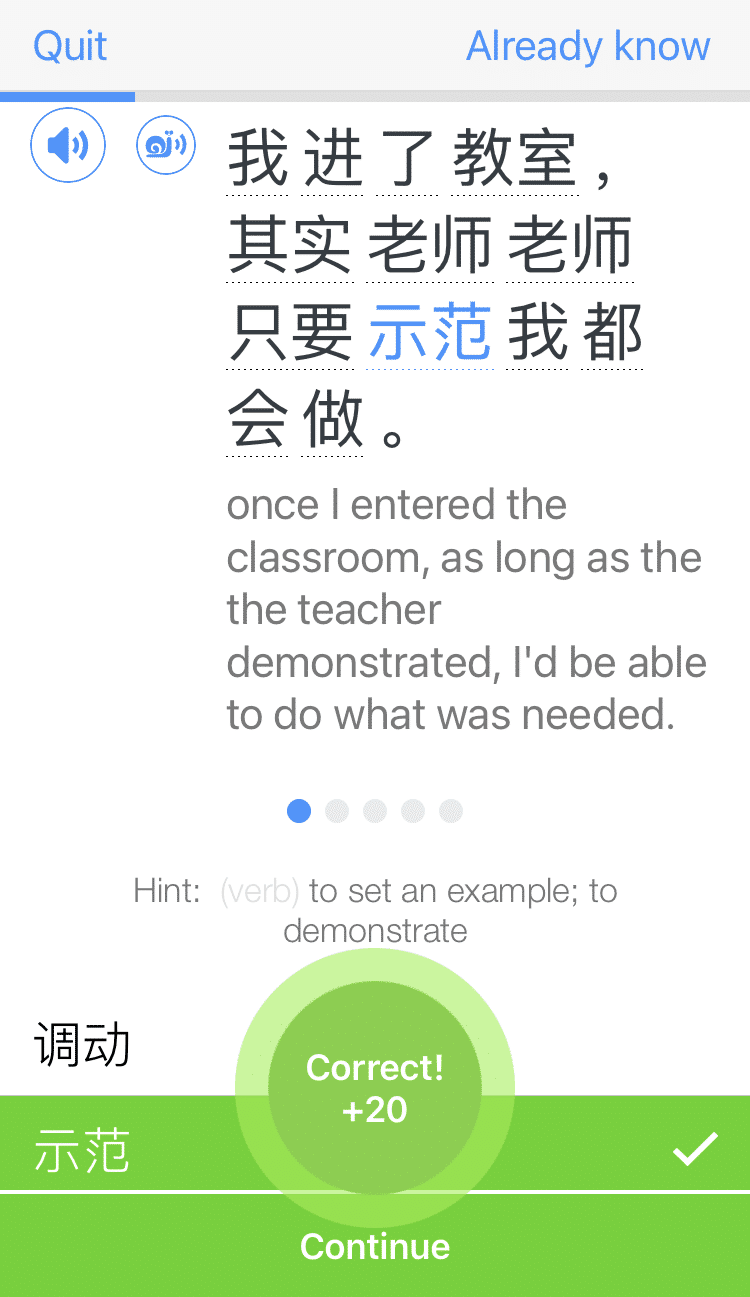
The Top 10 Chinese Measure Words You Need to Know: 包 (bāo), 对 (duì) and More
Chinese uses a system of measure words, where there are different quantifiers for different types of words.
For example, you would use 套 (tào) for clothes, 包 (bāo) for packages and 根 (gēn) for bananas.
Fortunately, as we’ll show you below, it’s a lot less complicated than it sounds at first.
We’ll walk you through the usage of Chinese measure words, then 10 must-known measure words to quantify almost anything you can think of.
Contents
- 1. 包 (bāo) | packs
- 2. 对 (duì) | pairs
- 3. 套 (tào) | sets
- 4. 个 (gè) | everything countable
- 5. 根 (gēn) | long thin objects
- 6. 口 (kŏu) | family members
- 7. 轮 (lún) | rounds
- 8. 群 (qún) | groups
- 9. 位 (wèi) | people (polite)
- 10. 只 (zhī) | some animals
- How to Use Chinese Measure Words
- And One More Thing...
Download: This blog post is available as a convenient and portable PDF that you can take anywhere. Click here to get a copy. (Download)
1. 包 (bāo) | packs
Used for: packs, packets or packaged groups of physical objects
我带一包香烟。(wǒ dài yī bāo xiāng yān.) — I brought a pack of cigarettes.
她有两包树枝。(tā yǒu liǎng bāo shù zhī.) — She has two bales of branches.
他有六包裹。(tā yǒu liù bāo guǒ.) — He has six packages.
2. 对 (duì) | pairs
Used for: things that come/happen to be in pairs or objects that match each other
她有十对耳环。(tā yǒu shí duì ěr huán.) — She owns 10 pairs of earrings.
一对可爱的夫妇! (yī duì kě ài de fū fù!) — A cute couple!
她有一对双胞胎。(tā yǒu yī duì shuāng bāo tāi.) — She has a pair of twins.
3. 套 (tào) | sets
Used for: sets in the collectible sense, including furniture, coins, clothing and figurines
In many situations, 对 (duì) and 套 (tào) can be used for the same types of things.
我有两套泳装。(wǒ yǒu liǎng tào yǒng zhuāng.) — I have two sets of swimwear.
4. 个 (gè) | everything countable
Used for: people, the general measure word for everything countable
个 (gè) is a sort of catch-all when it comes to Chinese measure words. While it definitely isn’t appropriate for every situation, most Mandarin speakers will understand what you’re trying to say if you use 个 (gè) in lieu of a more appropriate measure word.
Just don’t rely on it exclusively! If you want to become fluent, you need to understand different measure words.
Outside of being a catch-all, 个 (gè) is used to quantify people or concepts of people, such as friends, bosses, coworkers, etc.
我爱我的四个朋友。(wǒ ài wǒ de sì gè péng yǒu.) — I love my four friends.
5. 根 (gēn) | long thin objects
Used for: long thin objects like sticks or bananas, mainly food items
我想吃一根香肠我想吃香肠。(wǒ xiǎng chī yī gēn xiāng cháng.) — I want to eat a sausage.
6. 口 (kŏu) | family members
Used for: family members, members of a household or a classroom of peers
This measure word counts family members on a smaller scale, usually under 100.
一家十二口人。(yī jiā shí èr kǒu rén.) — A family of 12 people.
7. 轮 (lún) | rounds
Used for: bouts or rounds of something like drinks, games or debates
又一轮饮料!(yòu yī lún yǐn liào!) — Another round of drinks!
他有三轮接。(tā yǒu sān lún jiē.) — He has had three turns.
8. 群 (qún) | groups
Used for: groups or crowds, such as groups of people or swarms of insects or herds of sheep
有一大群蜜蜂。(yǒu yī dà qún mì fēng.) — There was a swarm of bees.
9. 位 (wèi) | people (polite)
Used for: quantifying people politely
Politeness is a big deal when it comes to Chinese business and office language, so 位 (wèi) would be a more appropriate quantifier for management and coworkers as opposed to 个 (gè.)
我为三位经理工作。(wǒ wèi sān wèi jīng lǐ gōng zuò.) — I work for three managers.
10. 只 (zhī) | some animals
Used for: counting birds and some animals, one half of a pair of objects, human or animal body parts
我看到二十只鹅。(wǒ kàn dào èr shí zhǐ é.) — I saw 20 geese.
我有两只手。(wǒ yǒu liǎng zhī shǒu.) — I have two hands.
How to Use Chinese Measure Words
There are dozens of different measure words in Chinese, but they can all be used in the same format: number + measure word + noun.
Here’s an example of how we measure things in English:
I have 10 sacks of apples.
You can see that this follows the format above. In this sentence, “sacks” or “sacks of” would be considered the measure word.
Here’s the Chinese translation:
我有十袋苹果。(wǒ yǒu shí dài píng guǒ.) — I have 10 sacks of apples.
The quantifier in this sentence is 袋 (dài) — sacks of. Like in English, it comes after the number (十, shí) and before the noun (苹果, píng guǒ).
The measure word always goes before the object that’s being quantified. Essentially, all you need to do is know the correct measure word for a specific object.
How easy is that? Now you just need to build up a vocabulary of Chinese measure words for specific things that are being counted.
Of course, you’ll need to memorize Chinese numbers as well. For the sake of brevity, here’s a great interactive lesson on Chinese numbers. Check out numbers and measure words in context on FluentU, which uses videos to teach the language.
FluentU takes authentic videos—like music videos, movie trailers, news and inspiring talks—and turns them into personalized language learning lessons.
You can try FluentU for free for 2 weeks. Check out the website or download the iOS app or Android app.
P.S. Click here to take advantage of our current sale! (Expires at the end of this month.)
Measure words aren’t that difficult to grasp in Mandarin, are they? It may be a strange experience for the beginner learner, but we promise it’ll pay off.
Good luck on your studies and don’t forget to practice your 数据 (shù jù) — numbers!
Download: This blog post is available as a convenient and portable PDF that you can take anywhere. Click here to get a copy. (Download)
And One More Thing...
If you want to continue learning Chinese with interactive and authentic Chinese content, then you'll love FluentU.
FluentU naturally eases you into learning Chinese language. Native Chinese content comes within reach, and you'll learn Chinese as it's spoken in real life.
FluentU has a wide range of contemporary videos—like dramas, TV shows, commercials and music videos.
FluentU brings these native Chinese videos within reach via interactive captions. You can tap on any word to instantly look it up. All words have carefully written definitions and examples that will help you understand how a word is used. Tap to add words you'd like to review to a vocab list.
FluentU's Learn Mode turns every video into a language learning lesson. You can always swipe left or right to see more examples for the word you're learning.
The best part is that FluentU always keeps track of your vocabulary. It customizes quizzes to focus on areas that need attention and reminds you when it’s time to review what you’ve learned. You have a 100% personalized experience.
Start using the FluentU website on your computer or tablet or, better yet, download the FluentU app from the iTunes or Google Play store. Click here to take advantage of our current sale! (Expires at the end of this month.)






